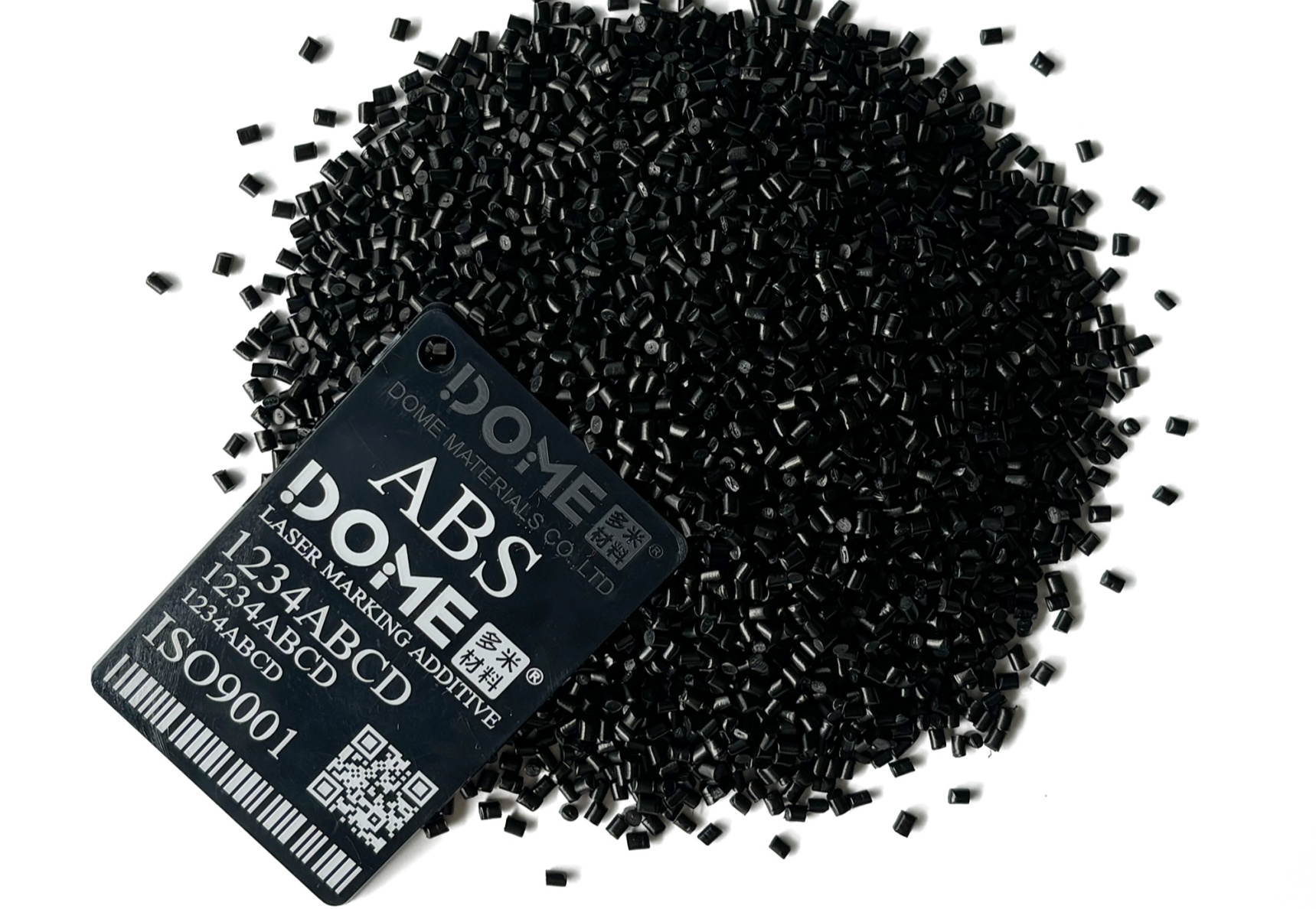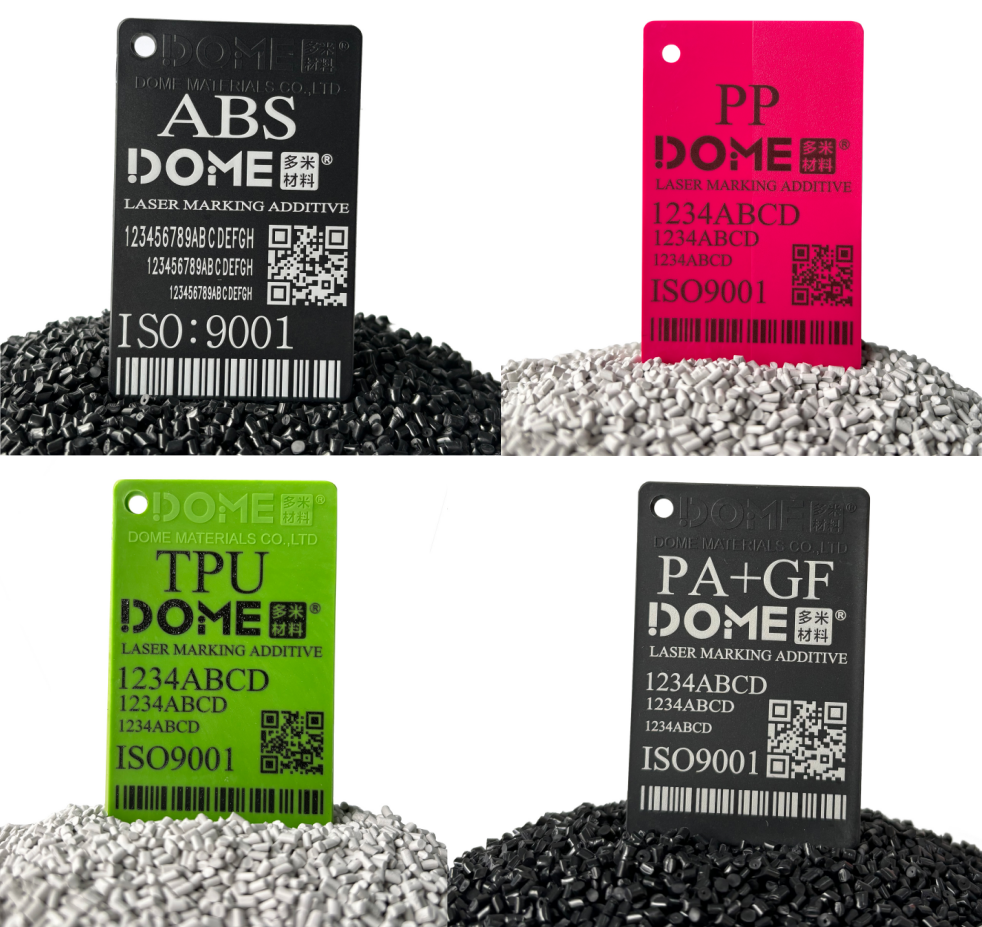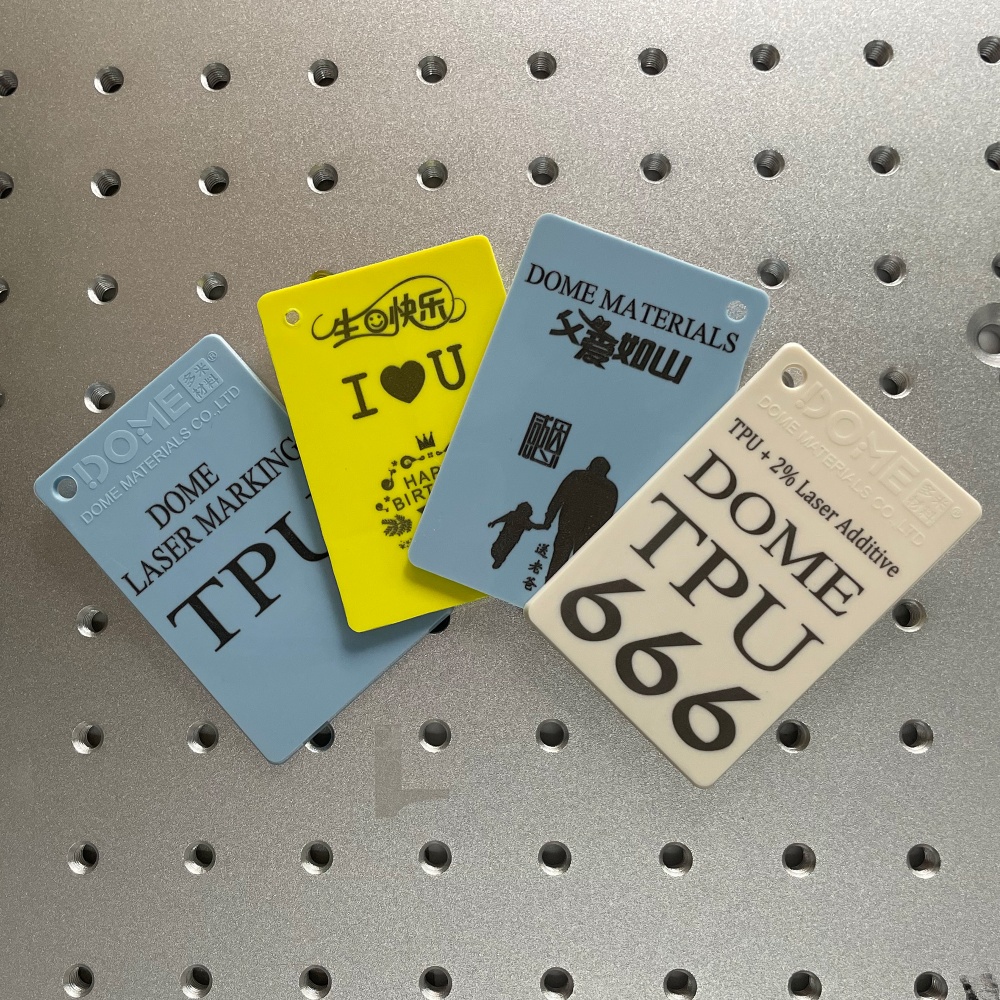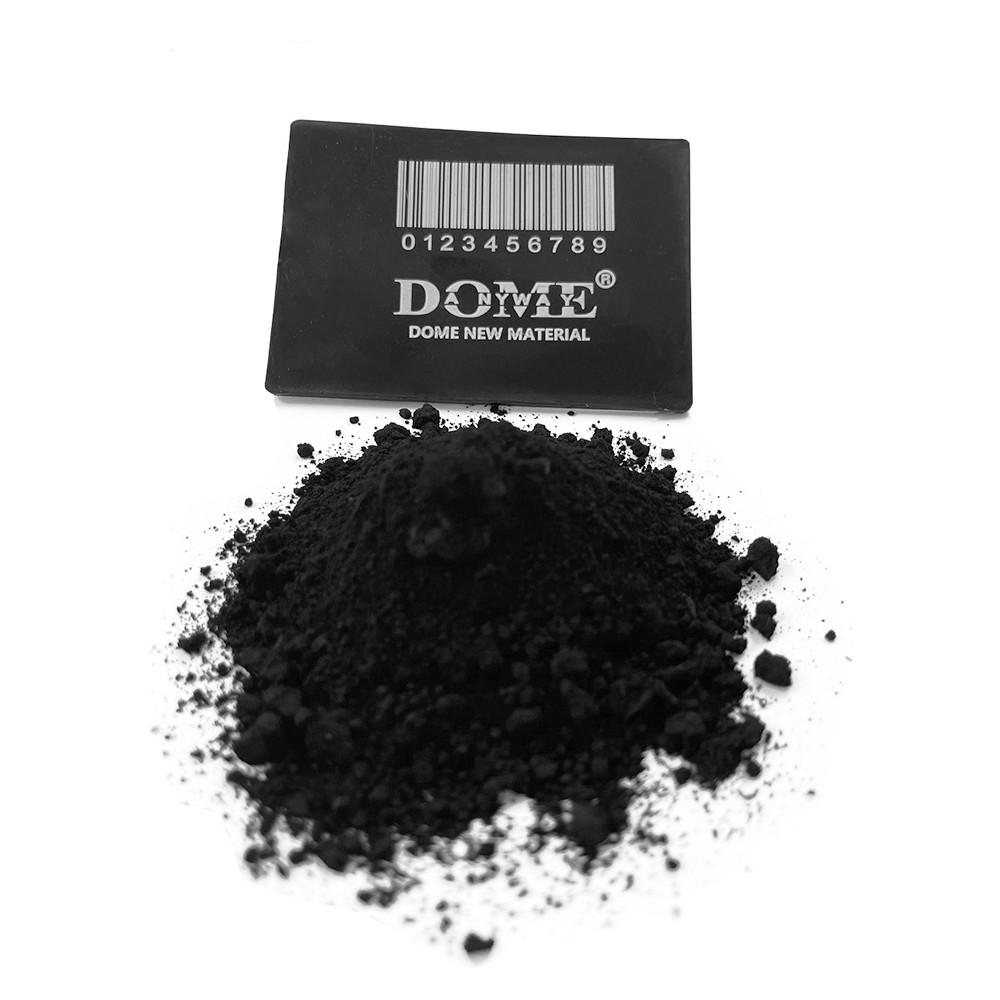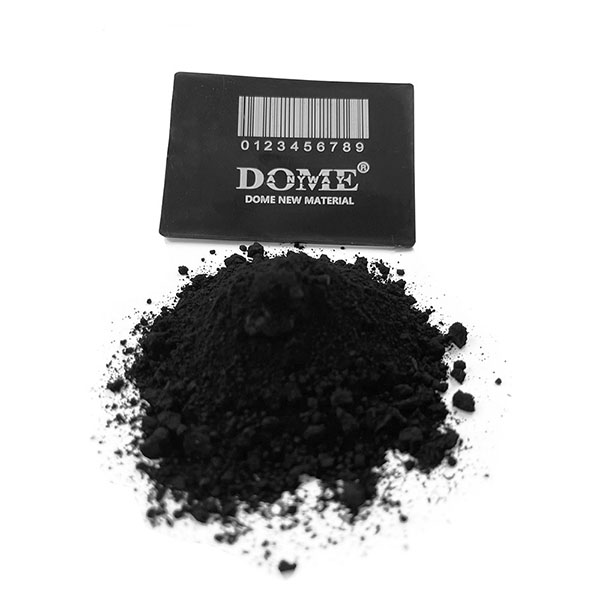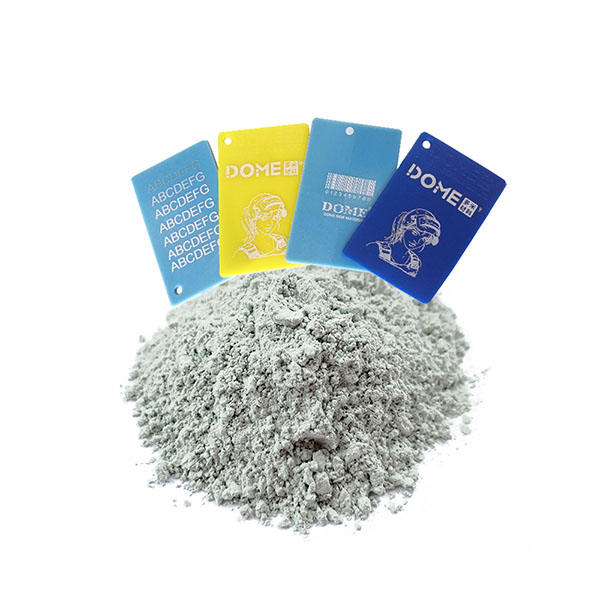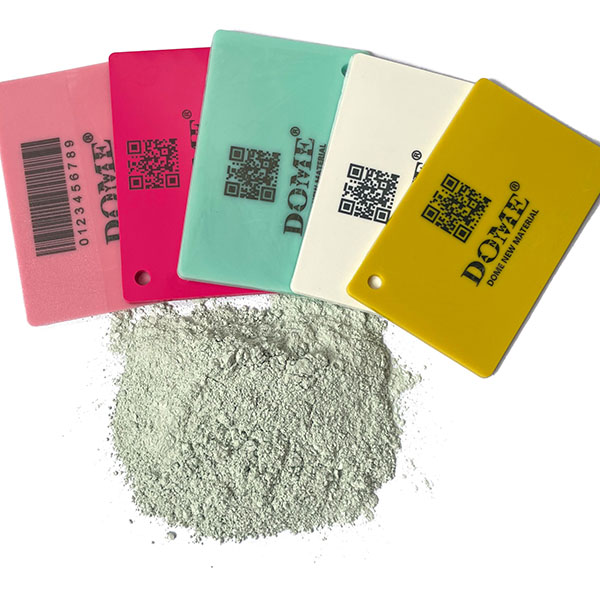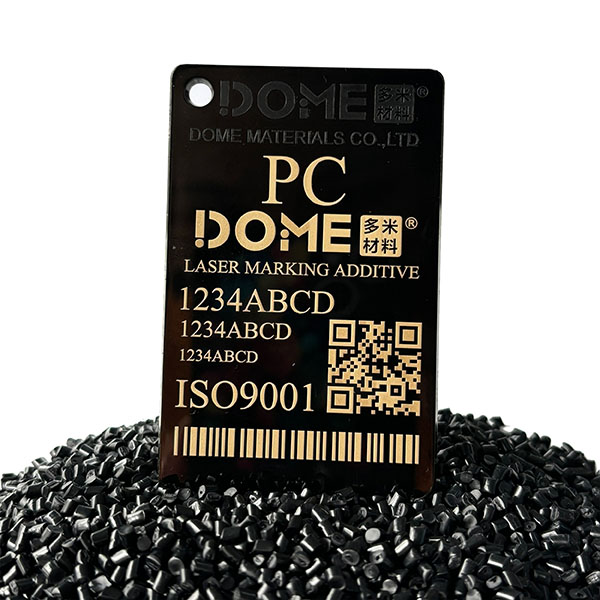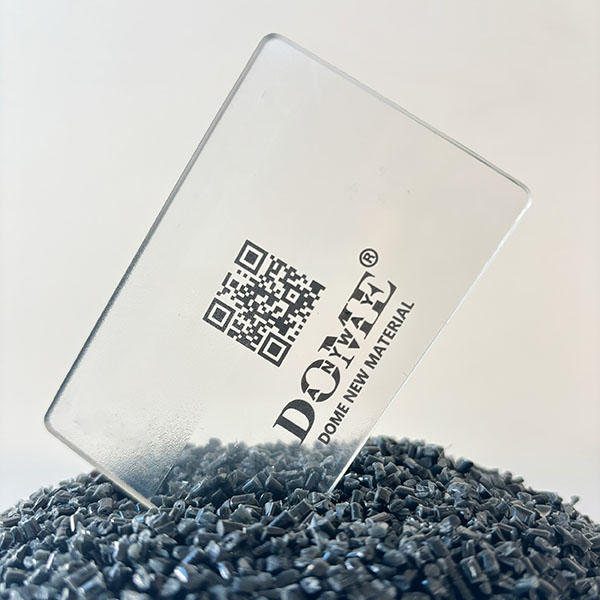In modern automotive manufacturing, the precise identification and traceability of components are critical to ensuring vehicle performance and safety. Laser marking technology, with its unique advantages, has become an indispensable part of the automotive industry. This article explores the crucial role of laser marking additives in the automotive sector and how they enhance production efficiency, product safety, and traceability.
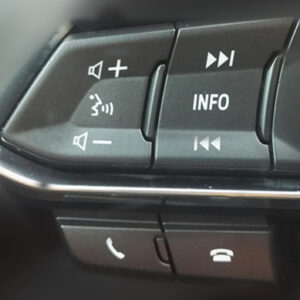
Introduction
With technological advancements, the automotive industry’s component identification and traceability requirements have grown increasingly stringent. Laser marking technology, known for its efficiency, precision, and environmental friendliness, has emerged as an ideal solution to meet these demands. The application of laser marking additives improves production efficiency and ensures the traceability and safety of components, which is essential for both manufacturers and consumers.

Advantages of Laser Marking Additives
1. Enhanced Traceability
Traceability is key to quality control and recall management in automotive manufacturing. Laser marking technology allows critical components to be marked with information about production batches, origins, and history. This application enables effective tracking of essential parts such as engine components, electronic devices, and mechanical parts.
2. Improved Safety
Safety is a core priority in the automotive industry. Laser marking technology is widely used on safety-critical components, such as engine blocks and vehicle identification numbers (VINs), ensuring compliance and safety. This application provides an additional layer of security for vehicle performance.
3. Quality Control
Laser marking facilitates quality control during production and maintenance by marking components with specifications and production batch information. This application improves the quality of automotive parts while reducing failure rates.
4. Durability and Corrosion Resistance
Laser marking creates permanent markings on both metallic and non-metallic components, which are resistant to wear and corrosion. This ensures the long-term readability of information and enhances the durability of automotive parts.
5. Reduced Errors and Increased Efficiency
Clear and accurate markings help reduce assembly errors and improve production line efficiency. The high-speed marking capability of laser technology allows for the rapid processing of large volumes, boosting overall manufacturing efficiency.
6. Aesthetic Appeal
Laser marking delivers fine and aesthetically pleasing markings, which is particularly important for body and interior components. This application enhances the overall appearance of vehicles.
7. Versatility
Laser marking technology is compatible with a wide range of materials, including metals, plastics, and ceramics, making it highly adaptable for various automotive applications.
8. Data Storage Capabilities
Laser marking can store large amounts of data, such as QR codes and data matrix codes, which contain detailed component information for easy scanning and tracking.
9. Environmental Friendliness
Compared to traditional marking methods, laser marking is a more eco-friendly option as it does not produce harmful chemicals or waste. This aligns with modern green manufacturing principles.
10. Customization
Laser marking technology enables easy customization of markings to meet specific customer and application requirements, enhancing the level of personalization in automotive components.

Applications of Laser Marking Additives in Automotive Components
Laser marking additives are widely used across various automotive components. Below are some key application areas:
1. Engine Components
Marking critical engine parts such as pistons and crankshafts ensures their traceability and quality. This application enhances the reliability of engine components.
2. Electronic Components
Marking electronic components like circuit boards and sensors facilitates quick identification and replacement of faulty parts, improving maintenance efficiency.
3. Mechanical Components
Mechanical parts like gears and bearings can be marked with specifications and batch information, aiding in quality control and maintenance.
4. Body and Interior Components
Marking metal panels and plastic interior parts provides identification information and safety guidelines, improving the safety and functionality of the body and interior components.
5. VINs and Engine Blocks
Laser marking technology is used to engrave deep markings on VINs, engine blocks, and motor housings for traceability and identification purposes.
6. Transmission Components
Laser marking unique serial numbers or codes on transmission housings, bearings, and drive shafts ensures the complete traceability of each transmission unit.
7. Exhaust Systems and Catalytic Converters
Laser marking is used to identify exhaust systems and catalytic converters, ensuring their traceability and safety.
8. Wheel Arches and Exhaust Pipes
Marking wheel arches and exhaust pipes improve their durability and traceability, ensuring long-lasting performance.
9. Automotive Labels and Nameplate
Laser marking is used to create durable and clear markings on automotive labels and nameplates, enhancing their readability and longevity.
10. Non-Metallic Components
Laser marking technology is also applied to non-metallic components, such as QR codes or barcodes, to ensure traceability and safety, particularly for parts that must withstand extreme environments or high temperatures and pressures.
Conclusion
The application of laser marking technology in the automotive industry not only improves production efficiency and product quality but also enhances product safety and traceability. These crucial roles of laser marking additives make them an indispensable part of the automotive sector. As technology continues to evolve, laser marking technology will play an even greater role in automotive manufacturing, bringing higher efficiency and better product quality to the industry.

